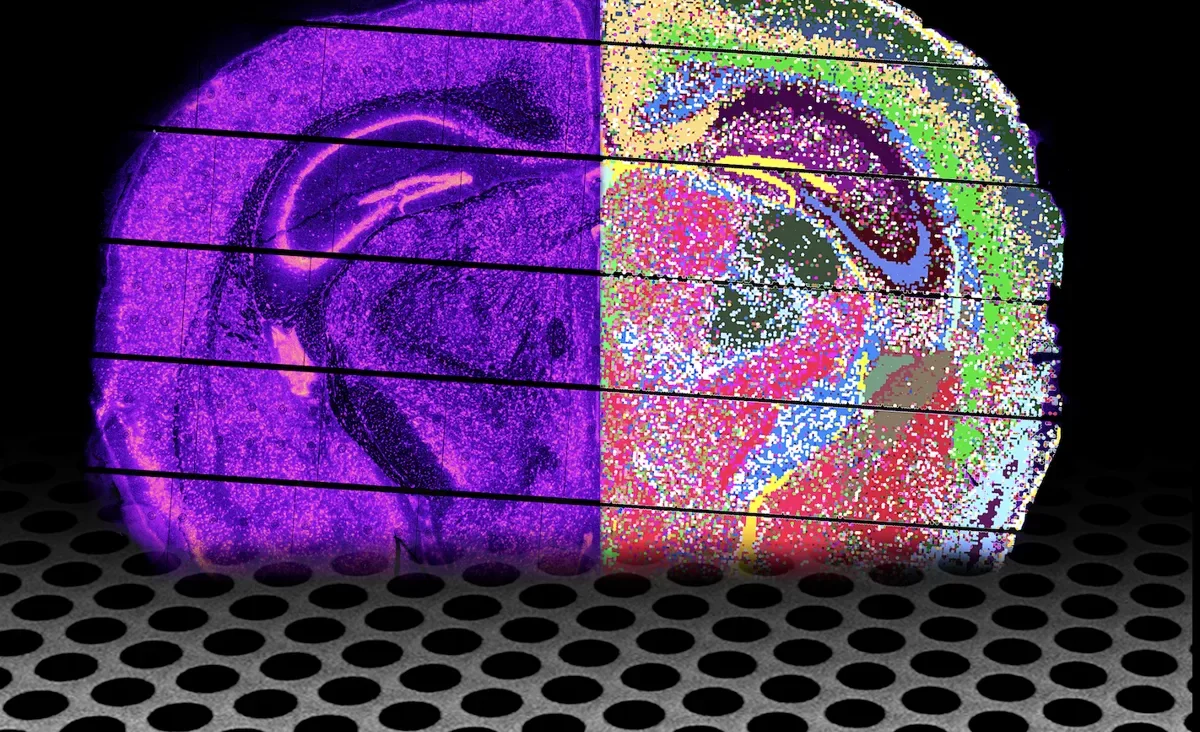
Dr. Mingyao Li is a contributing author on a new study that advances the field of spatial biology.
Deciphering the spatial architecture of large, complex human tissues holds critical insights for characterizing disease mechanisms, tracking progression, and guiding treatment response. Yet a central barrier has remained unsolved: human tissues are far larger than the capture area of existing spatial transcriptomics (ST) platforms. Current technologies are limited by high costs, low resolution, restricted gene coverage, and above all, their inability to profile large human tissues, leaving many fundamental disease questions beyond reach.
The study, Scaling up spatial transcriptomics for large-sized tissues (Nature Methods, 2025), directly overcomes this bottleneck. It exemplifies the power of interdisciplinary research by uniting AI, statistical genomics, and digital pathology. With iSCALE, the team demonstrates that it is now possible to achieve molecularly and spatially resolved profiles of human tissues far larger than any experimental platform can measure. In doing so, iSCALE solves an intractable challenge and establishes a new frontier for spatial biology.
iSCALE integrates sparse ST measurements with high-resolution histology using deep learning to reconstruct super-resolution gene expression maps across whole tissue. This computational–experimental advance enables scalable molecular reconstruction, unbiased cell-type annotation, and discovery of disease-relevant features that would otherwise remain invisible. By expanding the boundaries of what spatial omics can measure, iSCALE represents a significant technological leap.
The impact of iSCALE is underscored by a collaboration with Biogen, where it was applied to human multiple sclerosis brain tissues. In this study, iSCALE uncovered lesion-associated immune microenvironments that could not be detected by existing technologies. This highlights how interdisciplinary research, spanning computation, biology, pathology, and industry collaboration, can deliver discoveries of direct biomedical relevance.
The first author of the paper Amelia Schroeder was a PhD student in Biostatistics (graduated in June 2025), advised by Mingyao Li. Amelia received the 2025 Kaushal Multidisciplinary Research Award for this paper.